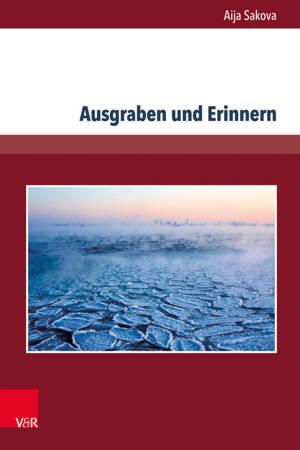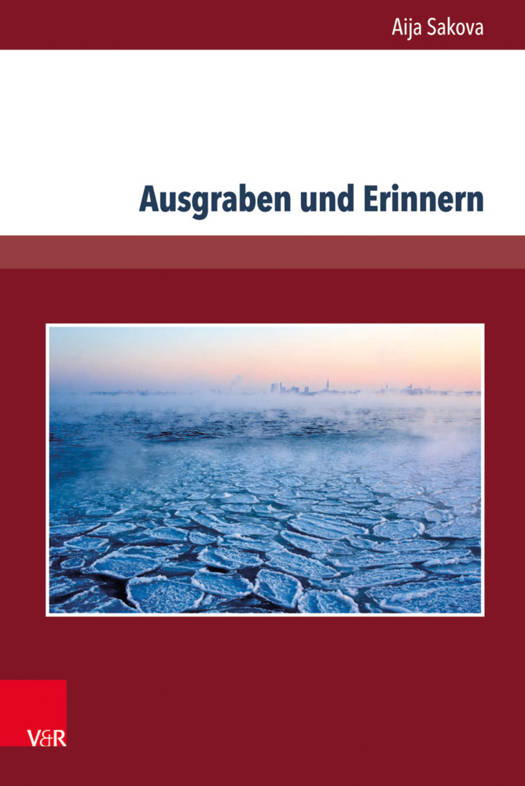
- Afhalen na 1 uur in een winkel met voorraad
- Gratis thuislevering in België vanaf € 30
- Ruim aanbod met 7 miljoen producten
- Afhalen na 1 uur in een winkel met voorraad
- Gratis thuislevering in België vanaf € 30
- Ruim aanbod met 7 miljoen producten
Zoeken
Ausgraben Und Erinnern
Denkbilder Des Erinnerns Und Der Moralischen Zeugenschaft Im Werk Von Christa Wolf Und Ene Mihkelson
Aija Sakova
€ 83,95
+ 167 punten
Omschrijving
Die Romane der estnischen Schriftstellerin Ene Mihkelson und der deutschen Autorin Christa Wolf transportieren eine Poetik des Erinnerns, auf deren Spur sich die Autorin begibt. Sakova vergleicht die Romane Kindheitsmuster und Stadt der Engel oder The Overcoat of Dr. Freud von Wolf und Der Schlaf Ahasvers und Das Pestgrab von Mihkelson miteinander und deckt so die erinnerungspoetologischen Strukturen und Philosophien in diesen Werken auf. Um dem philosophischen Potenzial dieser Texte naher zu kommen, zieht sie das Konzept der moralischen Zeugenschaft von Avishai Margalit und Giorgio Agamben und die Schreibpraxis des Denkbildes von Walter Benjamin heran. The novels of the Estonian author Ene Mihkelson and the German author Christa Wolf remind us of the poetry of remembrance and, it is on this track that the author proceeds. She compares the novels "Patterns of childhood" and "City of Angels or The Overcoat of Dr. Freud" by Wolf and "The Dream of Ahasuerus" and "The Plague Grave" by Mihkelson with one another, and uncovers the poetic and remembering structures and philosophies in these works. In-order to come closer to the philosophical potential of these texts, she consults the moral testimony of Avishai Margalit and Giorgio Agamben and the written practices of the mental picture by Walter Benjamin.
Specificaties
Betrokkenen
- Auteur(s):
- Uitgeverij:
Inhoud
- Aantal bladzijden:
- 177
- Taal:
- Duits
- Reeks:
- Reeksnummer:
- nr. 19
Eigenschappen
- Productcode (EAN):
- 9783847105572
- Verschijningsdatum:
- 9/05/2016
- Uitvoering:
- Hardcover
- Formaat:
- Genaaid
- Afmetingen:
- 161 mm x 237 mm
- Gewicht:
- 235 g

Alleen bij Standaard Boekhandel
+ 167 punten op je klantenkaart van Standaard Boekhandel
Beoordelingen
We publiceren alleen reviews die voldoen aan de voorwaarden voor reviews. Bekijk onze voorwaarden voor reviews.








